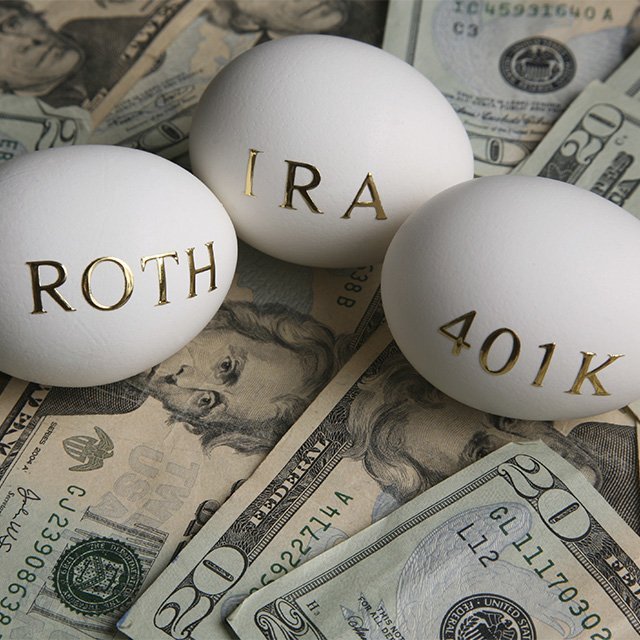Backdoor Roth IRA Conversions: Beware the Pro Rata Rule

What You Need to Know
The pro rata rule kicks in when investors have a traditional IRA with both deductible and nondeductible contributions.
Clients trip up on the idea they can simply convert a nondeductible contribution to a Roth IRA.
There are workarounds to the rule, such as taking QCDs or rolling pretax funds into a 401(k).
Despite the unknown future of backdoor Roth IRAs, they remain a viable instrument in an advisor’s toolkit. We asked advisors what they saw as the main dangers of backdoor Roths, and the consensus was clear: misunderstanding the pro rata rule.
The pro rata rule stipulates how the Internal Revenue Service will treat pretax and after-tax contributions when the client does a Roth conversion.
Contributions to traditional IRAs are typically pretax, meaning funds are taxed when withdrawn.
Roth IRA contributions, by contrast, are taxed before entering the account, and investment growth is tax-free.
However, Roth IRA contributions are subject to income and contribution limits. For 2022, investors with modified adjusted gross income of less than $129,000 for individual filers and $204,000 for couples can make full contributions of $6,000 (or $7,000 if they’re 50 or older).
Contribution limits are phased out for higher earners; none are allowed for individuals with MAGI above $144,000 or couples earning more than $214,000.
But higher earners can use the “backdoor” Roth strategy: After-tax funds in a traditional IRA can be converted to Roth, and earnings on that money won’t be taxed.
Enter the Pro Rata Rule
The pro rata rule kicks in when an investor has both pretax and after-tax money in a traditional IRA.
Any commingling of these funds causes the pro rata rule to kick in. Clients may believe that just the after-tax money they put into the IRA can be converted. In reality, a pro rata formula applies — which means a portion of pre-tax funds move as well, and taxes are due upon conversion. Further, this formula applies for all future conversions.
“The pro rata rule simply says in general, if you have after-tax money in any IRA, the distribution you take from any IRA will include a prorated amount of that after-tax money,” explains Jeffrey Levine, chief planning officer of Buckingham Wealth, who has written extensively on this topic.
Levine gives the example of a client with $1 million in combined traditional IRA and SEP/SIMPLE IRAs, of which $50,000 is after-tax, or 5% of the total balance. That would translate to 5% of any distribution from either IRA being non-taxable and the remaining 95% taxable.
“So if we imagine [the client] took a $30,000 distribution from somewhere in that example, $1,500 of that, or 5%, will be tax free. The other $28,500 or 95%, would be taxable to the individual.”
The main reason to make nondeductible contributions to IRAs is to make Roth conversions, he says. But clients trip up on the idea they can simply convert that amount to a Roth IRA.




